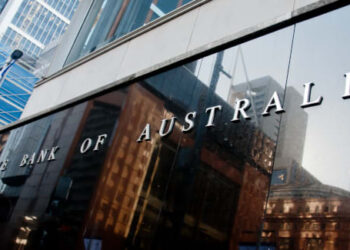In its inaugural Shaping Super report, Mercer has flagged room for improvement in the Choice sector compared to the “sound” and “increasingly high quality” product strategies offered in super funds’ MySuper products.
The firm noted that MySuper products were introduced a decade ago and have seen a large proportion of fund assets invested in these products, along with regulatory focus on MySuper.
However, there is an opportunity to improve Choice investment menus by focusing on removing unneeded or underperforming options, it said.
“Many funds have underdeveloped and under-optimised Choice menus despite these products often accommodating a similar level of total fund assets in aggregate to MySuper products,” Mercer stated.
“While varied, funds that are weaker in the Choice segment have suites of legacy investment options or options which provide mass but not scale and restrict fund capacity to innovate. In most cases, these options are sub-scale and underperforming.”
There was also “substantial overlap” between super fund providers, with most industry funds and master trusts offering similar investment options, whether in accumulation or retirement phase.
“The ‘right’ number of investment options will likely vary depending on fund size (to ensure that less popular options reach scale) and engagement with Choice. However, many funds have a way to go,” Mercer observed.
As of 30 June 2023, approximately 30 per cent of unique investment options within funds held less than $5 million in assets under management (AUM).
Around 17 per cent of funds had five or fewer options on their menu while a further 37 per cent had more than 30 options.
“Most of these latter funds had one or more options that was arguably sub-scale. We would expect a typical non-platform fund to be well served by a Choice investment menu with between 10 and 25 investment options,” Mercer said.
Additionally, it believed a well-served menu would include sector options, such as Australian and international equities and cash, and options which have sufficient scale to realise cost efficiencies.
It added: “Within this we consider $10 million AUM to be a level at which funds should question whether an option is adding value.”
Where relevant, investment menus would also include passive options; two ESG funds at growth levels consistent with the highest and lowest growth allocation provided in the diversified suite of multi-sector options or one diversified Equity ESG option with supporting guidance on the ESG profile of defensive options; and a direct investment option to appeal to cohorts of fund members who value the ability to self-select shares, ETFs, and term deposits.
Mercer acknowledged this would increase complexity and operational costs, however, and might not be appropriate for all funds.
Its recommendations to simplify the investment menus spanned three stages, namely removing Choice options which have failed, or will fail, the performance test; removing which are no longer fit for purpose, such as duplicates or those with high fees; and closing the gaps on the investment menu, guided by member demand for specific investments.
The firm forecasts that a closer look at super product segments would likely be an area of focus for funds in coming years.
It expected the continued closure of many sub-scale investment options (subject to review of existing tax settings), increased prevalence of niche investment products (such as tailored ESG and faith-based options), and substantial redesigns of investment menus, particularly in the retirement phase.
Importantly, Mercer noted: “While the regulator could expedite this process, we expect that direct regulator intervention would be harmful as funds are best placed (and already incentivised) to prioritise these initiatives.”







